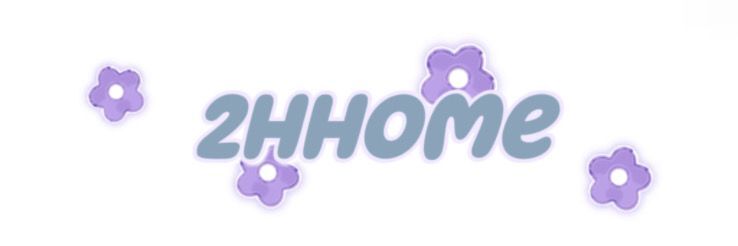Efficient Radiator Recycling Line Strategies for 2025
Oct. 17, 2025
As the world increasingly focuses on sustainability and efficient waste management, the need for innovative solutions in the recycling sector is paramount. The Radiator Recycling Line is poised to play a critical role in this transition. Below are strategies for optimizing the operations of a Radiator Recycling Line by 2025.
If you are looking for more details, kindly visit Radiator Recycling Line.
1. Advanced Sorting Technologies
Implementing advanced sorting technologies will enhance the efficiency of a Radiator Recycling Line. This includes:
- Automated sorting systems: Utilizing AI and machine learning to identify and separate different materials will minimize manual labor and increase accuracy.
- Optical sorting: Using optical sensors to sort materials based on their composition will ensure a higher purity rate for recyclables.
2. Improved Processing Equipment
Upgrading processing equipment is crucial for the efficiency of a Radiator Recycling Line. Consider the following:
- High-capacity shredders: These can effectively reduce the size of materials, making them easier to transport and process.
- Hydraulic shears: Investing in hydraulic shears will enable quicker and more efficient separation of components in radiators.
3. Enhanced Energy Efficiency
Focusing on energy-efficient practices will not only cut operating costs but also appeal to eco-conscious stakeholders. Strategies include:
- Utilization of renewable energy: Solar panels or wind turbines can be integrated into the operation of a Radiator Recycling Line.
- Energy recovery systems: Implement systems that recover and reuse energy generated during processing to enhance overall efficiency.
4. Training and Workforce Development
Investing in workforce development is essential to maintain the effectiveness of a Radiator Recycling Line. Key areas include:
- Skill development programs: Regular training sessions on the use of new technologies and equipment will ensure that workers are well-equipped to handle modern systems.
- Health and safety training: Ongoing education on health and safety protocols is vital for maintaining a safe working environment.
5. Collaboration with Industry Partners
Building strong relationships with industry stakeholders can lead to more successful outcomes. This can be achieved by:
- Forming partnerships: Collaborate with manufacturers, suppliers, and local governments to improve the flow of recyclable materials into the Radiator Recycling Line.
- Joining industry associations: Engaging with industry groups can provide valuable resources, including best practices and innovative technologies.
6. Utilizing Data Analytics
Incorporating data analytics into the operations of a Radiator Recycling Line will enhance decision-making. Focus on:
- Performance metrics: Regularly analyze processing speeds, yield rates, and downtime to identify areas for improvement.
- Predictive maintenance: Use data analytics to predict when equipment will need maintenance, reducing unexpected breakdowns and downtime.
By implementing these strategies, the Radiator Recycling Line can significantly improve its operations by 2025, contributing to a more sustainable future while maximizing efficiency and profitability.
Contact us to discuss your requirements of Tire TDF Plant. Our experienced sales team can help you identify the options that best suit your needs.
153
0
0


Comments
All Comments (0)